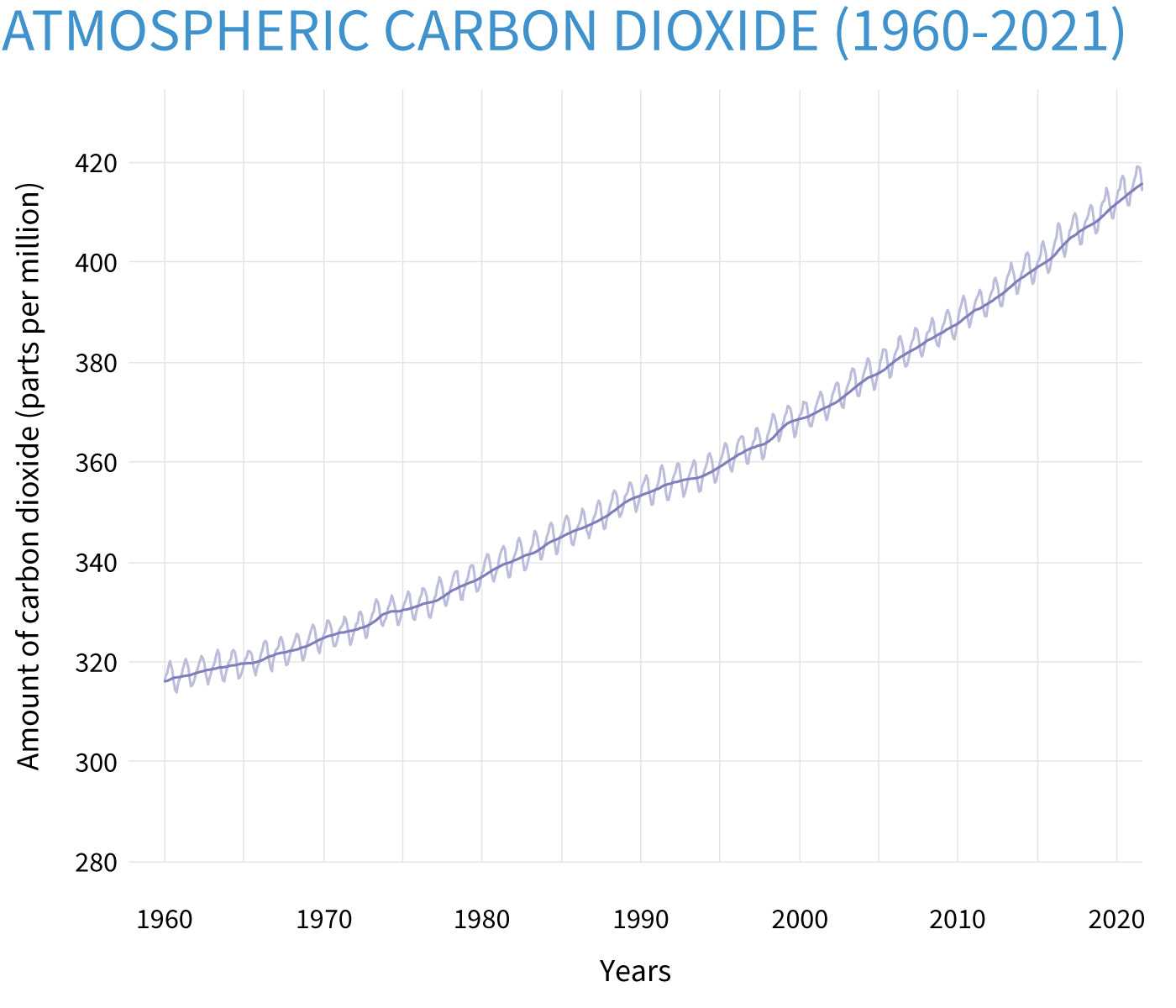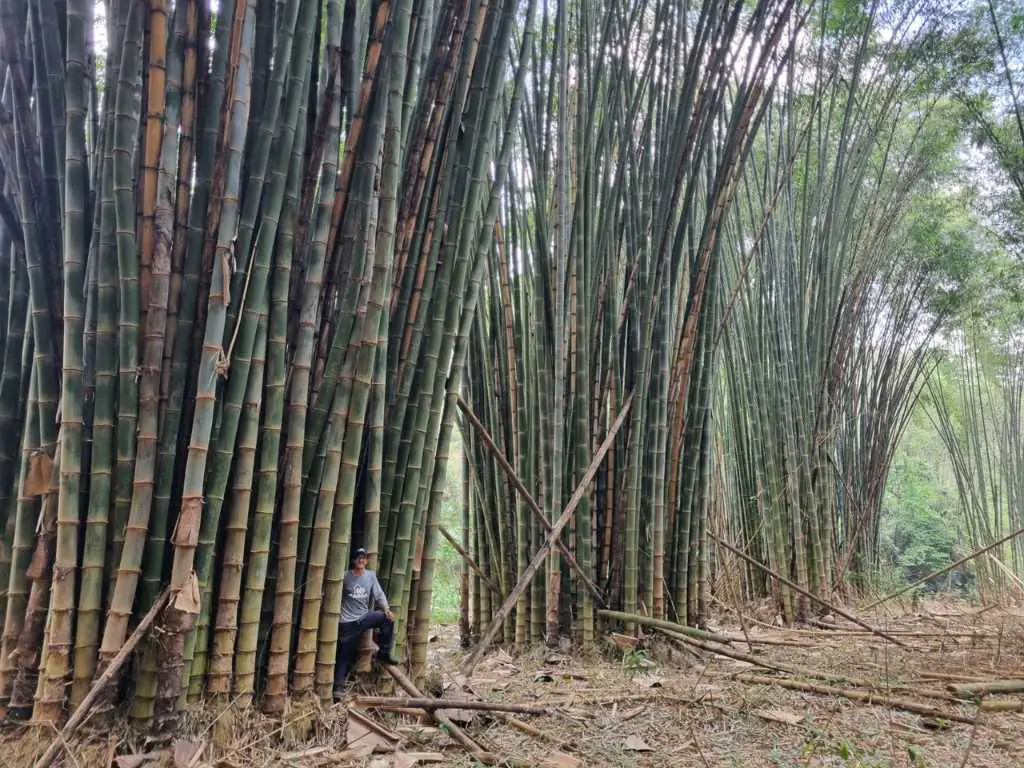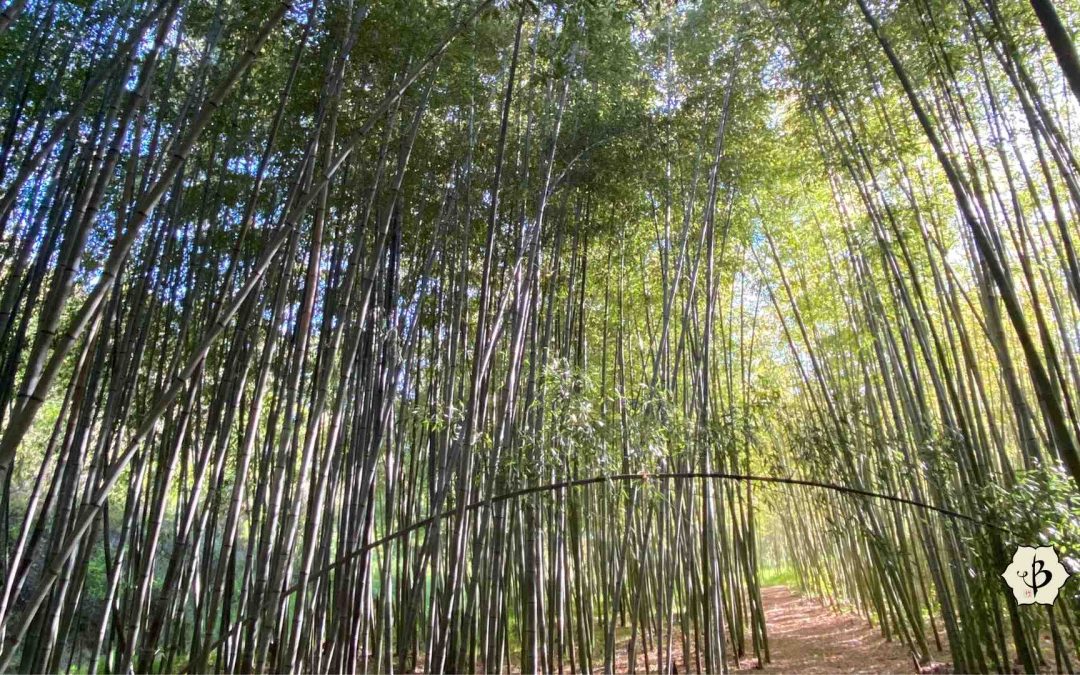Ask me why I love bamboo, and I’ll ask you to find a comfortable place to sit. Because this could take a while. But somewhere, high on the list of appealing attributes, I would mention bamboo’s superior ability to generate oxygen. And if you’re familiar with the process of photosynthesis, then you know that this is closely related to bamboo’s capacity to capture carbon.
Websites and product packages often state that bamboo produces 35% more oxygen than an equal area of trees. That’s because bamboo grows so quickly, faster than any other woody plant. Like all green plants, bamboo turns sunlight and carbon dioxide into energy, releasing oxygen as a byproduct. Its high metabolism allows bamboo to perform this cycle more quickly than other plants. The high rate of oxygenation provides cleaner air for the atmosphere and unmistakable benefits for the environment. But the exact quantity of oxygen produced will vary depending on the species, the growing conditions, and the age of the bamboo.
NOTE: This article first appeared in February 2022, most recently updated in May 2024.
Bamboo for oxygen generation
Because bamboo is a grass, rather than a tree, it grows very quickly. To reach the equivalent height of a tree, commonly 40 or 50 feet tall, and sometimes more than 100 feet, bamboo has a very high metabolism. New shoots, in fact, reach their full height in a single growing season, which is usually only about two months. And growing faster means it photosynthesizes more quickly.
Photosynthesis is the process by which plants containing chlorophyll, the green stuff, convert sunlight into sugar, or energy. In order to do this, they need air and water just like us. But plants, trees and bamboo “inhale” carbon dioxide and “exhale” oxygen, the opposite of humans and animals.
Benefits of oxygen output
This activity of absorbing carbon dioxide (CO2) and releasing oxygen is why we refer to our forests as the “lungs of the planet.” It’s a vital process, essentially counteracting the carbon outputs of industry and reversing the root cause of climate change.
The unfortunate phenomenon we call global warming is the result of unusually high levels of CO2 in the atmosphere. The general consensus is that the excessive carbon levels are throwing weather patterns for a loop, bringing more frequent disasters and causing sea levels to rise. And even if you’re not worried about hurricanes and floods, we all need clean air and oxygen to breathe.

According to the latest climate studies, atmospheric CO2 levels were at about 412.5 ppm (parts per million) in 2020, up from about 320 ppm 60 years ago. Most scientists attribute this to human activities, such as the burning of fossil fuels. But whether or not humans created the crisis in the first place, we do have the option of reducing our carbon footprints. One strategy is to generate less carbon is through our lifestyle choices, and another is to generate more oxygen by planting trees and bamboo.
The need for bamboo research
A quick glance at the internet will tell you that bamboo generates 35% more oxygen than trees. But bloggers and marketers throw this figure around pretty loosely. The numbers can actually fluctuate widely depending on the bamboo species and the conditions under which they are grown.
According to INBAR (the International Bamboo and Rattan Organization), a well-managed plantation of Moso bamboo can sequester about 32% more CO2 than an equal area of Chinese fir trees. Meanwhile, studies conducted in Colombia indicate that Guadua, a tropical clumping bamboo, can capture 60 tons per acre, about 58% more oxygen than trees.

Dr. Barathi is a leading expert in bamboo botany and commercial cultivation based in India. According to his research, the tropical species Bambusa balcooa can sequester a total of about 88 tons of carbon dioxide per acre per year. Bamboo stores 24 tons of carbon, Barathi says, and releases 64 tons of oxygen per acre every year. This amount of oxygen is sufficient for 210 to 220 human beings to breathe for the whole year.
There’s no doubt that more comprehensive research is necessary to provide us with robust data on more than just 2 or 3 species of bamboo. There are about 1,500 species of bamboo in all, growing in all different climates and soil types around the world.
Among our many efforts to promote the use of bamboo, Bambu Batu strives to encourage ongoing research on the many ecological benefits and industrial possibilities for bamboo.

Oxygen parks with bamboo
To advance the oxygenating benefits of bamboo, the Tamil Nadu Agricultural University in southern India has established an oxygen park featuring Dr. Barathi’s “Beema” bamboo, Bambusa balcooa. Based on the numbers cited above, they planted about 600 seedlings in late 2019 over an area of one and a half acres. This is a higher planting density than an ordinary commercial bamboo plantation, with the goal of ramping up oxygen production.
A momentous collaboration between forestry managers and university administrators, the one-of-a-kind oxygen park aims to provide the community with a refreshing boost of clean oxygen while capturing atmospheric carbon. Local hospitals, overwhelmed with COVID patients and short on ventilators, have even taken advantage of the oxygen park as a way of providing supplementary convalescent care.

Blue skies from now on
If you enjoyed learning about bamboo’s capacity to capture carbon and produce oxygen, you may want to peruse some of these other informative articles as well.
- Ethical ethanol: The future of bamboo fuel
- Bamboo for land restoration
- Bamboo for poverty mitigation
- Good for the earth, good for the soul
FEATURE IMAGE: Moso bamboo is one of the best technologies we have for removing carbon from the atmosphere. Photo by Fred Hornaday.


























Very well written article on the potential of bamboo as OXIGINATOR for all the living beings in world. My sincere appreciation for your continuous effort in writing various information on bamboo for awareness of public.
Super article for improving mankind living condition on earth.